Just what is going wrong for Lewis Hamilton?
Across the triple-header of Japan-Bahrain-Saudi Arabia, his mood and demeanour were often downbeat as he struggled to adapt to the Ferrari now underneath him, culminating in the astonishing claim after a lowly seventh in Jeddah that the "pain" could continue for the rest of the season before a solution is found.
It was not meant to be like this.
Following a 10th-place finish on his Scuderia debut in the tricky Australian GP, Hamilton made a genuine breakthrough in China by scooping the sprint pole and win, remarkably his first in the format.
It was vintage Hamilton, seemingly an indication that his dark days with Mercedes were behind him. Alas, no! Since then, it has all been downhill, and the avalanche is showing no signs of slowing as it careers down the mountain.
Across the first five races, including the sprint, Hamilton has been out-qualified by Leclerc 4-2, with an average deficit to the Monégasque in these six sessions of 0.251s. Leclerc's grid average is 4.6, Hamilton's 6.3, although for grands prix alone, this becomes 7.4 for Hamilton and 4.8 for Leclerc.
In races, Hamilton has only beaten Leclerc once, in the sprint. He is yet to finish ahead in a GP, with the Briton 31 seconds behind Leclerc in Jeddah last time out.
As Leclerc is regarded as the fastest driver over a single lap, being a quarter of a second behind him is not terrible. It could be argued that Hamilton is simply unlucky that the field spread is so narrow, meaning the gap is being exposed as cars squeeze in between, something that could be masked with a wider performance window between the field.
Although the SF-25 is by no means perfect, as Leclerc showed in Saudi Arabia and, indeed, Hamilton in China, it is a car capable of fighting for poles and wins. Hamilton has said the package is not terrible, but that he is just not comfortable, with the car lacking balance.
Article continues below.
A deep-rooted problem with ground-effects
In general, Hamilton has not found the ground-effect machines introduced in 2022 to his liking.
Since their debut, 72 races ago, he has just one grand prix pole and two wins, to go with the sprint pole and win in China. In contrast, in the final 72 races of the previous rules cycle that he contested from France 2018 to Abu Dhabi 2021, he scored 29 GP poles and 39 wins, to go with a single sprint pole.
Now, of course, much of that has to do with Mercedes getting the ground-effect rules badly wrong, but there is something more fundamental at play: Hamilton simply does not get on with the ground-effect cars.
The way these cars need to be driven is at odds with his driving style, which has been honed for over 30 of his 40 years as a racing driver.
It boils down to this.
Hamilton's approach has always been to brake hard, brake late and turn in sharply in what is known as 'V-ing' the corner. But the current cars, by their very nature, are heavy and prone to understeer, which means this is not the best way to carry the highest possible minimum speed through the apex.
To achieve that with ground-effect cars, a driver must brake slightly earlier and effectively roll the car through the corner - known as 'U-ing' - to carry a higher minimum speed. As the saying goes, you spend far more time and lose a lot more in a slow- or medium-speed corner than in a fast one.
Is it any wonder, therefore, that some of his best performances since 2022 have been at fast-flowing tracks such as Australia's Albert Park, Spain's Circuit de Catalunya or at Silverstone - the only track at which he has been on the podium every year in this era of F1?
As for the Ferrari SF-25, Hamilton is also battling a severe case of muscle memory after spending 18 seasons using Mercedes power.
Engine braking is a key part of the Ferrari power unit, something Hamilton has explained was never required with the Mercedes units. He is having to unlearn 12 seasons of turbo-hybrid engine settings he could probably change in his sleep. That takes time.
The car has also been run with higher ride heights as Ferrari battles problems between the aerodynamic and vehicle dynamic platforms. Upgrades have been, and will be, delivered to solve this and bring the SF-25 back into the narrow performance window Hamilton unlocked in Shanghai.
Article continues below.
Hamilton is battling a severe case of muscle memory after spending 18 seasons using Mercedes power.
What do the numbers tell us?
RacingNews365 investigated all the qualifying sessions this season, looking at the fastest sector times from Hamilton and Leclerc.
Largely, the pair are closely matched. Leclerc is ahead for the most part, with Hamilton a tenth here or there behind. Only in a couple of places have there been chasms between the two.
These came in Sector 2 in Australia, where Hamilton struggled with the high-speed flick of Turn 6 and trailed by 0.198s; in Sector 1 in Japan by 0.4s, and in Bahrain, where Leclerc enjoyed a 0.350s advantage through the second sector, over half of the 0.597s gap between the pair.
Bahrain's middle segment is an interesting case study. It features high-speed flicks, sharp rotations, heavy braking and big traction zones, it is what makes Sakhir such a strong testing track, a little bit of everything.
After qualifying in Bahrain, what Hamilton didn't say should have sounded the Maranello alarm bells.
"I really don't know, I don't have a lot of answers for you guys."
Now, when a driver says he does not know why he is so slow, that is worrying. If Hamilton had come out and said, "I was struggling with the brakes, I just had zero confidence," or "The car is strong, but I just made a mistake," then it is clear what to address.
For a driver to offer no idea why he has just been soundly beaten is a concern.
Ferrari boss Fred Vasseur is emphatically behind Hamilton, giving him his "2000%" backing, and that, given time, Hamilton will iron out his severe teething troubles and start to deliver more consistently.
But there is also one inescapable truth, one that claims every athlete in the end. Hamilton is not the force he once was, you simply cannot be at 40 years old, no matter how good or successful you may have been in the past.
Hamilton might have defeated Fernando Alonso, Nico Rosberg, and Sebastian Vettel during his career, but eventually, like every great athlete before, Old Father Time will come knocking and Hamilton's number will be up.
Delaying that for as long as possible is his last great challenge in F1.
Also interesting:
Join RacingNews365's Sam Coop and Nick Golding, as they look back on the Saudi Arabian Grand Prix. Max Verstappen's five-second time penalty is a major talking point, as is Oscar Piastri being a potential match for the Dutchman. Lando Norris' title chances are also explored.
Rather watch the podcast? Then click here!
Don't miss out on any of the Formula 1 action thanks to this handy 2026 F1 calendar that can be easily loaded into your smartphone or PC.
Download the calenderMost read
In this article
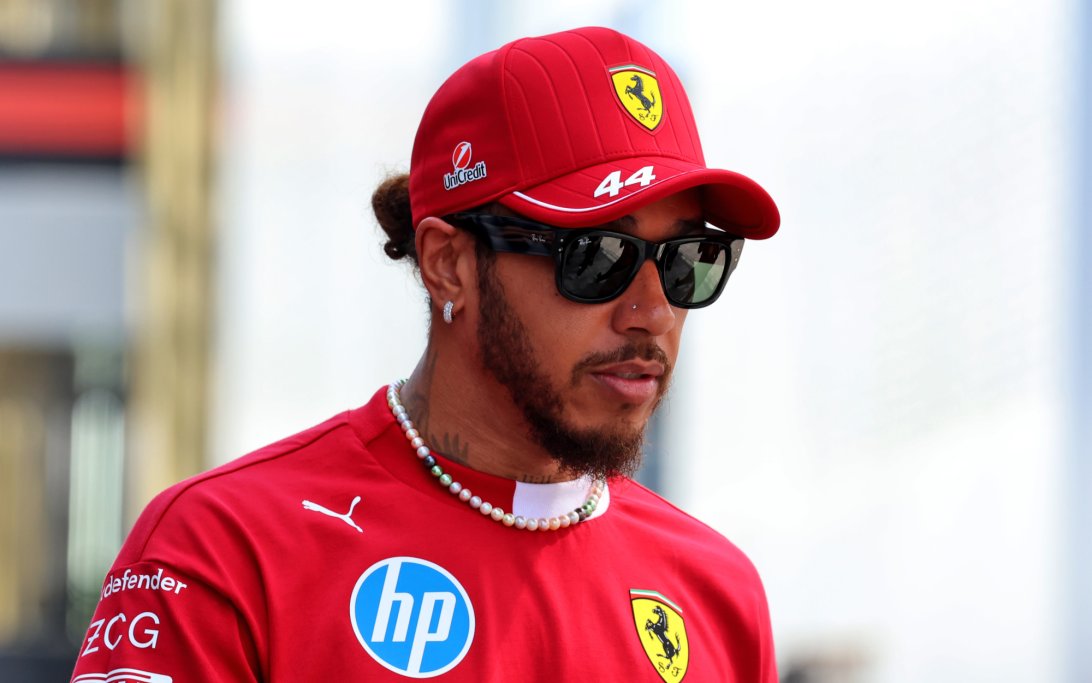
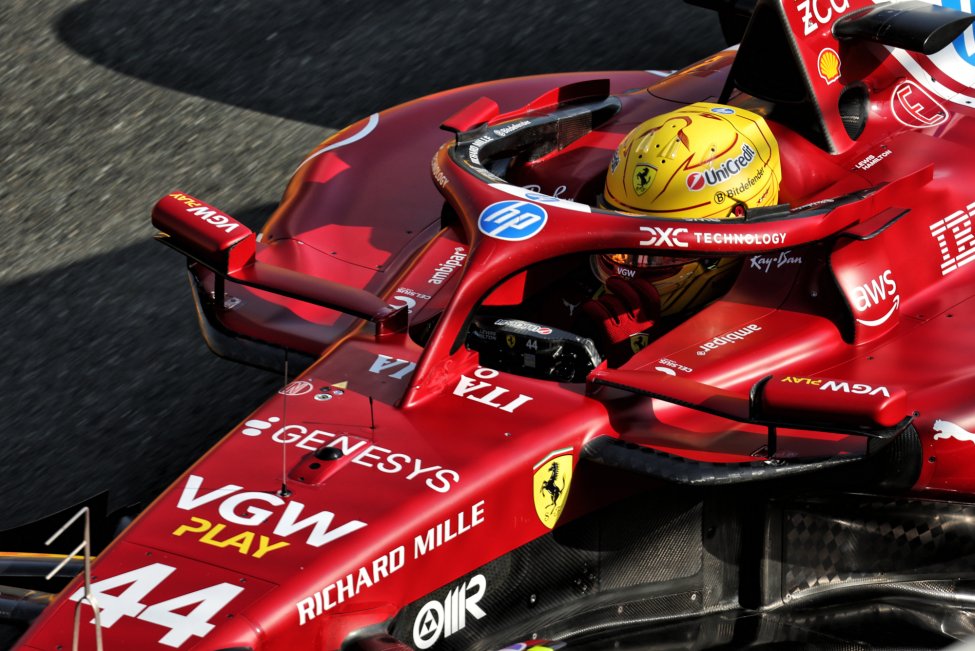
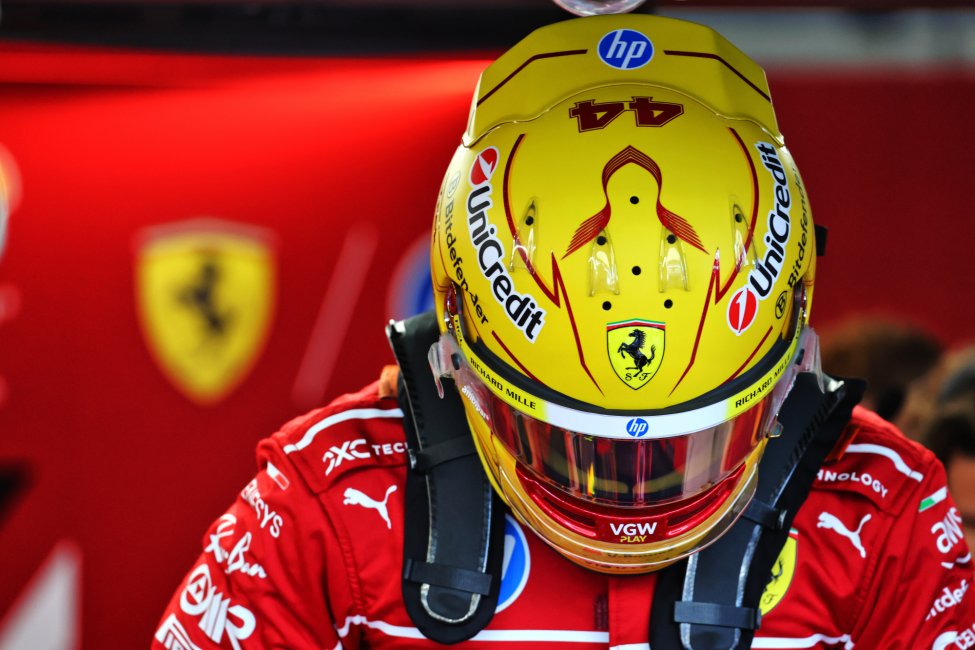


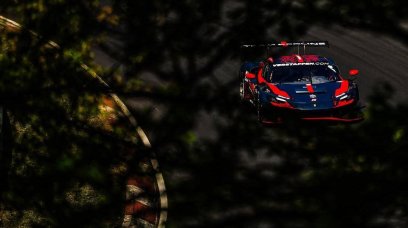


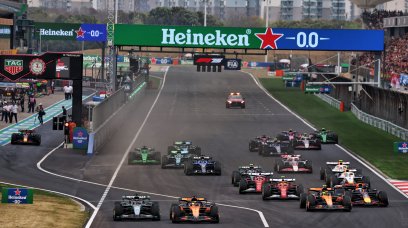
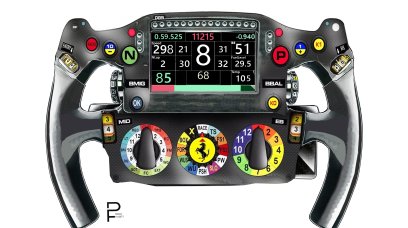
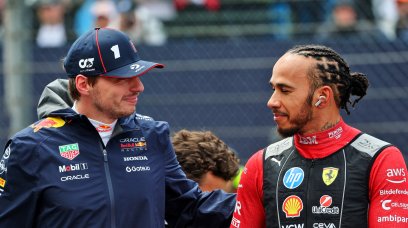
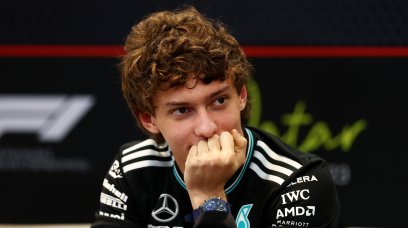
Join the conversation!